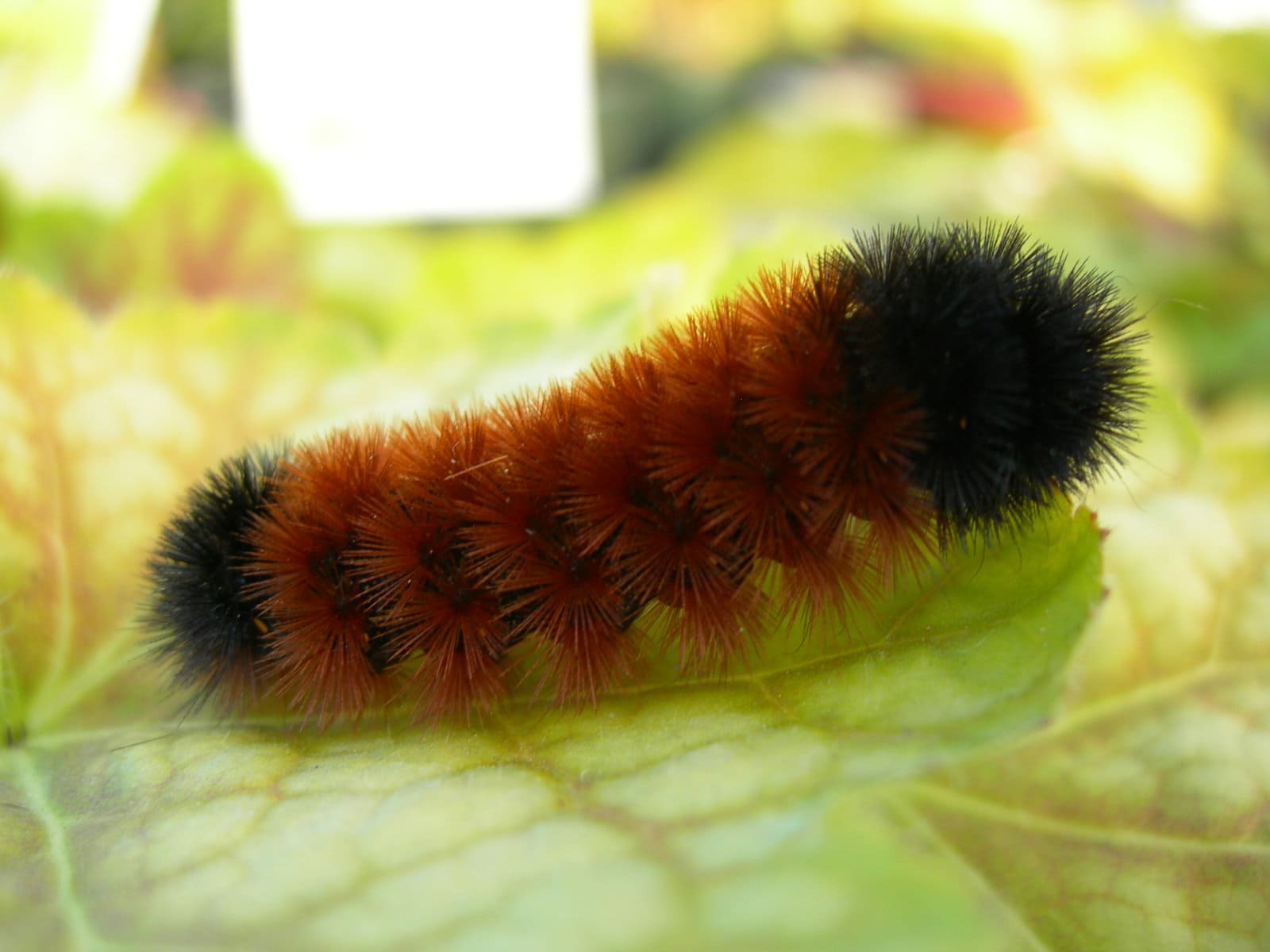Being a lover of all things to do with nature, I love all the folklore focused on weather, trees, leaves, fruit and seeds.
Way before science-based weather forecasting was a thing (and we all know how accurate that is), people looked for certain indicators around them in nature to predict the coming weather.
I know that there are some of you that will say that much of these tales are nonsense, but many of them can also be explained with the use of science.
So, maybe there is more fact in them than what you first think.
Just remember that behind any wise garden proverb is a wise gardener.
Here are several bits of gardening folklore concerning fall:
- The earlier that the fall colours peak, the milder that winter will be.
- The brighter the leaf colours are in fall, the colder and snowier the winter will be.
- Leaves dropping early in the season predicts a mild winter. Leaves clinging to their trees later into autumn foreshadows a severe winter.
- When spring blooming plants have a second bloom in fall, expect a cold winter. So far this fall I have seen some creeping phlox with some blooms on them and a leatherleaf viburnum in full bloom when it normally just blooms in May. I have rarely seen these two plants bloom a second time in fall.
- If the ground is covered by acorns in the fall will be covered by snow throughout winter. This is also said about seeds on plants, for example, the more cones an evergreen tree (pine, spruce, cedar) has the more severe the winter ahead will be.
- When a persimmon seed is cut open, the white marking inside reveals the following information about the coming winter: If it’s shaped like a knife, winter’s winds will be biting and the season will be cold. If it’s shaped like a fork, expect a relatively average winter. If it looks like spoon, expect to shovel plenty of snow.
- An unusually thick shell on a hickory nut promises an unusually cold winter.
- Here is one of my favourite folklores that my dad always used: If you take notice of the height of the corn cobs on their stalks at harvest time, that is the same height the snow will get to be the next winter.
- The fall folklore that I try to get all my family and friends on board with is one involving a small, fuzzy insect called the “woolly bear caterpillar.” This is the rusty orange and black striped caterpillar that you only notice in the fall.
The caterpillar has 13 distinct segments made up from bristly tufts of either rusty brown or black hairs. It is black on both ends with rust-coloured segments in the middle. Sometimes they can be mostly black or mostly rust.
If you see a caterpillar that is completely rust coloured or completely black in colour, they are not a woolly bear.
According to the legend, the wider the rusty brown section is the milder the coming winter will be. The wider the black sections are the more severe the winter will be.
So far this fall, I have yet to see a woolly bear caterpillar, so my prediction for the winter is still to come.
No matter what folklore you use to predict the coming winter or whether you actually trust the professionals, the fact remains that winter will come and winter will go just as it has since the beginning of time.
Until then, let’s enjoy this beautiful fall season.
Joanne Young is a Niagara-on-the-Lake garden expert and coach. See her website at joanneyoung.ca.











